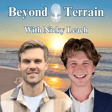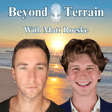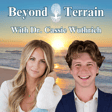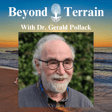
Jamie Andrews on the Scientific Proof Against Virology and Control Studies
This week, we’re excited to have Mr. Jamie Andrews present his research challenging the traditional virology methodology. Jamie’s work questions the reliability of the cytopathic effect (CPE) methodology, which is used to identify viral infections by observing cell damage.
Andrews' experiments aim to demonstrate potential flaws in this approach, suggesting that the results may be influenced by the methodology itself rather than the presence of a virus. The entire field of virology relies on this methodology, which is being falsified in real time!
I am sure you’ll find this presentation both intriguing and thought-provoking!
Learn from me
https://www.instagram.com/beyond.terrain/
https://linktr.ee/beyondterrain
https://x.com/BeyondTerrain
Support the vision
Share!!!
BCH: bitcoincash:qq7eq276ylanluc5e39unrqshkvs9xsemg07yxezf7
ETH: beyondterrain.eth
BTC: bc1qqwc470ktgj3l4myqxr5hq67rnlqys0qm98u6f0
https://www.buymeacoffee.com/beyondterrain
Learn from and support Mr. Andrews
https://x.com/JamieAA_Again
https://substack.com/@controlstudies











![DNA Doesn't Exist & Genomic Nonsense with Dr. Jerneja Tomsic [Part 2] image](https://media.zencastr.com/cdn-cgi/image/width=112,quality=85/image-files/652933f3a749dc383eb375de/ce5a5fd9-98c9-44fe-9b4b-3d0cd5abcf29.png)






